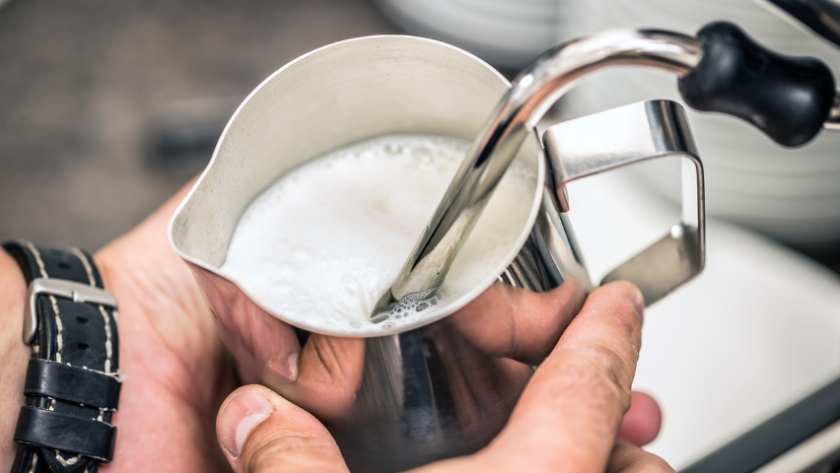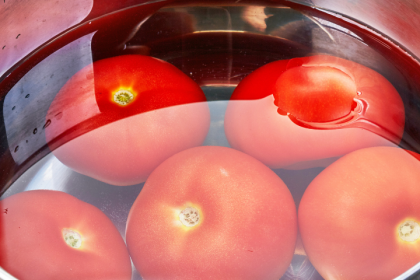One part of the living food diet is choosing and drinking raw milk. The other is choosing and eating raw dairy products such as yogurt, cheese, and butter. The raw dairy products we eat contain live and active cultures, which are unprocessed and offer health benefits such as better digestion and overall health.
Milk is a natural food that is a rich source of nutrients that helps in the growth and development of the body. It also helps in imparting a layer of luster to the skin and keeps it healthy, clean, and glowing. Milk has a very versatile use and helps in the growth and development of the body. It is a multi-faceted food, rich in calcium, proteins, and other nutrients. Milk also helps in the formation of bones and teeth and helps in the development of the brain, and helps in the development of the eyes.
It is a versatile food that is useful for boiling, baking, cereal, or adding to drinks, soups, or casseroles. It can be consumed as a beverage, but many people like to use it in cooking, especially for desserts. Milk is not only used as a beverage but also as an ingredient in other foods. It is the main ingredient in the production of yogurt, which is sold as a drink or as a food. It can also be used to make cottage cheese.
The composition of milk varies by the species of animal that produces it, but the main components are water, protein, fat, lactose, minerals, and vitamins. Milk is commonly consumed around the globe, but some people dislike it after their first taste.
As for the origins of milk, there are many different theories. Did the first cow produce it? Or did it drip from the teat of an ancient goddess? Or did some ancient immortal actually drink raw milk? There are many different opinions, but one thing is for sure, milk was not always what it is today.
The history of milk dates back to the first domesticated animals, over 10,000 years ago, when humans first began producing milk. The first domestic animals on Earth were sheep, goats, cattle, buffalo, and pigs. Over time, humans have developed milk into more of a drinkable substance, making milk the most popular milk product today. Today, milk is considered a staple food of all babies, with about 80% of children being fed some type of milk as part of their diet.
The process of steaming milk is just like steaming any other food. You heat the milk up; then you stop your heat source—usually a pot or steamer—and then you wait for about ten minutes. It’s really that simple. But, sometimes, the milk starts to thicken, which can happen if you aren’t heating it properly.
The easiest way to steam milk is by using your microwave, but if you prefer to use the stovetop, the microwave is an easy way to go. Microwave steaming requires less time than conventional steaming, and the milk is steamed in just a few minutes.
It’s a busy morning, and you’re in a hurry. You don’t have time to heat milk, and you don’t want to deal with the mess of heating the milk in your toaster oven. So, what do you do? You get a microwave. The key to the effective use of a microwave is to cook the milk only until the desired temperature has been reached. This is because microwaves can cook at temperatures far hotter than can be achieved by conventional means.
Sometimes using the microwave doesn’t help. There is nothing more frustrating than having to wait for the milk to heat up in the microwave. The best way to steam milk is to use a milk steamer, which is simply a container with holes in the bottom that allows steam to pass through, evenly cooking the milk. After buying your milk steamer, you will want to read all the useful tips for how to steam milk.
Steaming milk is good. One of the main reasons is that steaming milk yields a rich, creamy silkiness that cannot be achieved by microwaving or even heating on the stove. It’s a process that’s been done since the dawn of dairy, and its simplicity is one of the reasons it continues to be done today.




